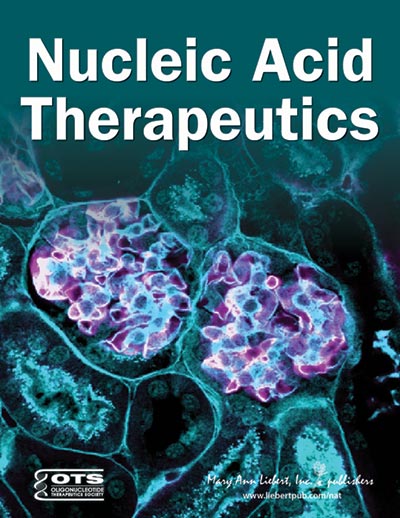
In the HSC 70 paper in Nucleic Acid Therapeutics (Laing, NAT 2021, ahead of print), we add another protein that plays an important role. HSC 70 is a heat shock protein that we showed binds to PS ASOs and that reducing HSC 70 reduced the potency of PS ASOs delivered by free cellular uptake. In the current manuscript, we delineate the molecular mechanisms by which HSC 70 contributes to PS ASO activity. In the presence of PS ASOs, HSC 70 was enriched in endosome fractions. Reduction of HSC 70 resulted in slower release from late endosomes and impaired several key steps in productive release of PS ASOs from late endosomes including the colocalization with annexin A2 and other proteins and both antegrade and retrograde transport of LE contents to the trans-Golgi network. Reduction of HSC 70 resulted in significant reductions in the potency of PS ASO consistent with it pleiotropic effects on the rate limiting step in the pharmacological effects of PS ASOs, release from late endosomes. The identification of a single protein that affects so many steps in the process of productive release of PS ASOs provides an excellent target for medicinal chemical approaches to enhance interactions with HSC 70.
My colleagues and I continue to advance our understanding of the molecular mechanism by which PS containing oligonucleotide produce the effects observed and then use that knowledge to create advanced PS ASO designs with enhanced performance. In recent years, we have developed a substantial knowledge of how PS ASOs enter and are distributed in cells .We have shown that every step in the process is driven by PS ASO interactions with key proteins and the most/all active PS ASO in cells results from endosomal uptake and transport. We have identified the key pathways and defined the relative contributions of each pathway, types of endosomes involved and how and at what step key proteins mediate the process. We have shown that most of the active PS ASO in a cell is released by late endosomes. We are now conducting detailed biochemical studies to identify straightforward chemical modifications that can “direct” more PS ASO molecules to desired subcellular sites. Given that most PS ASO molecules in the cell are not active, even a small shift in sub-cellular distribution could significantly enhance potency.